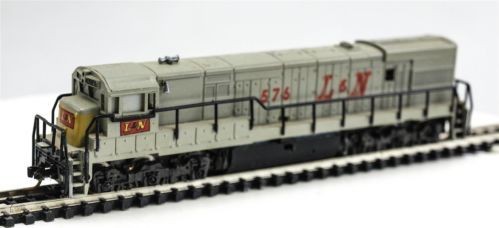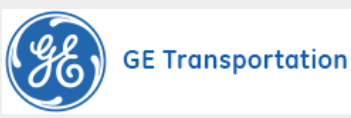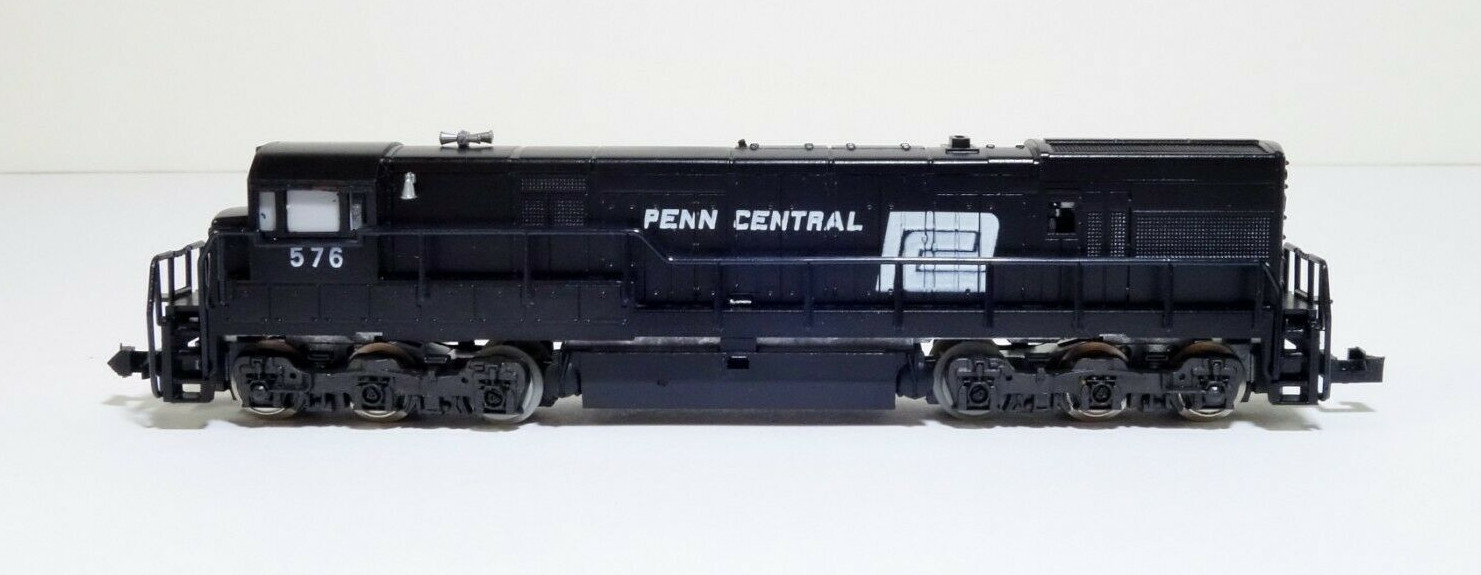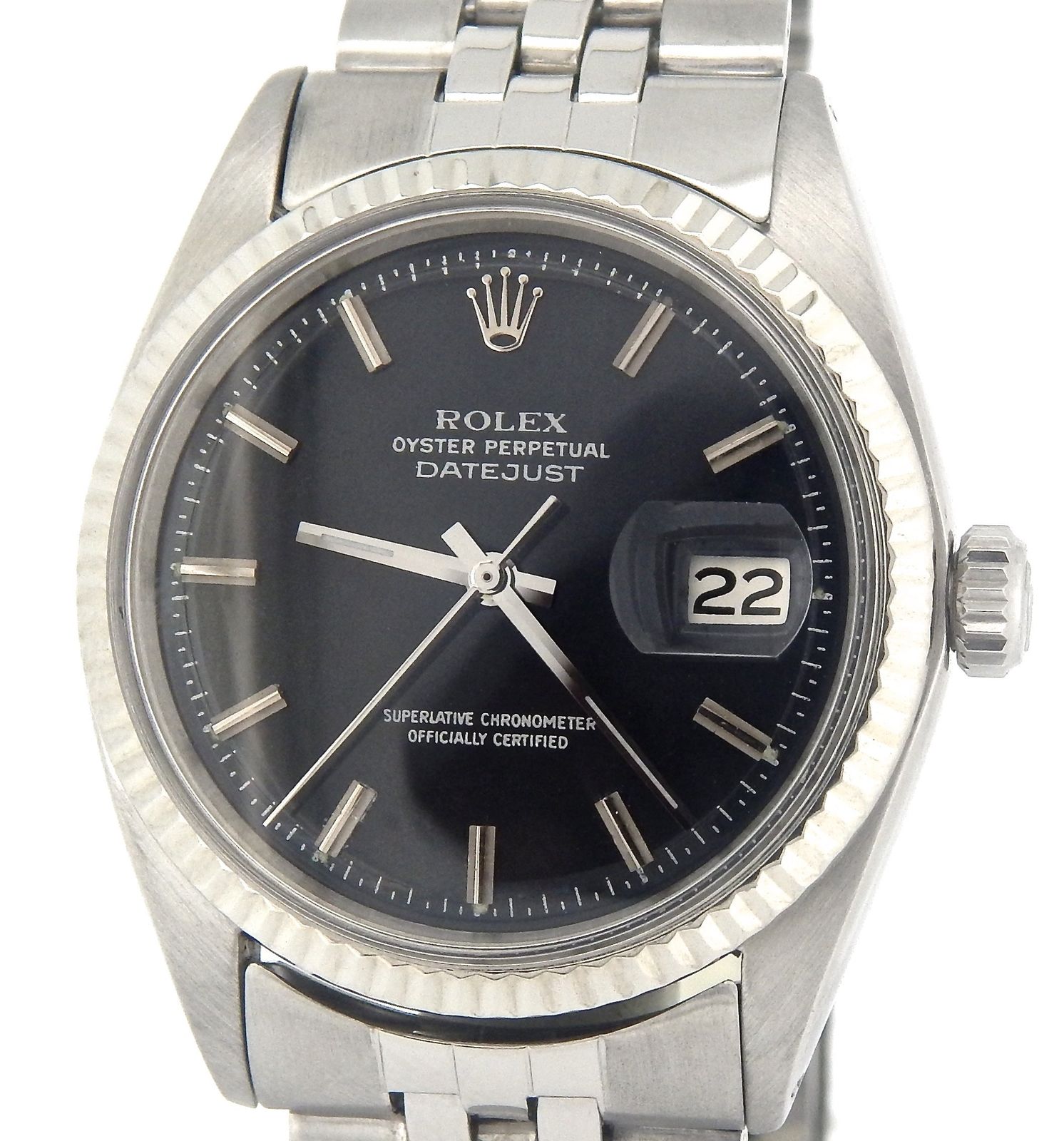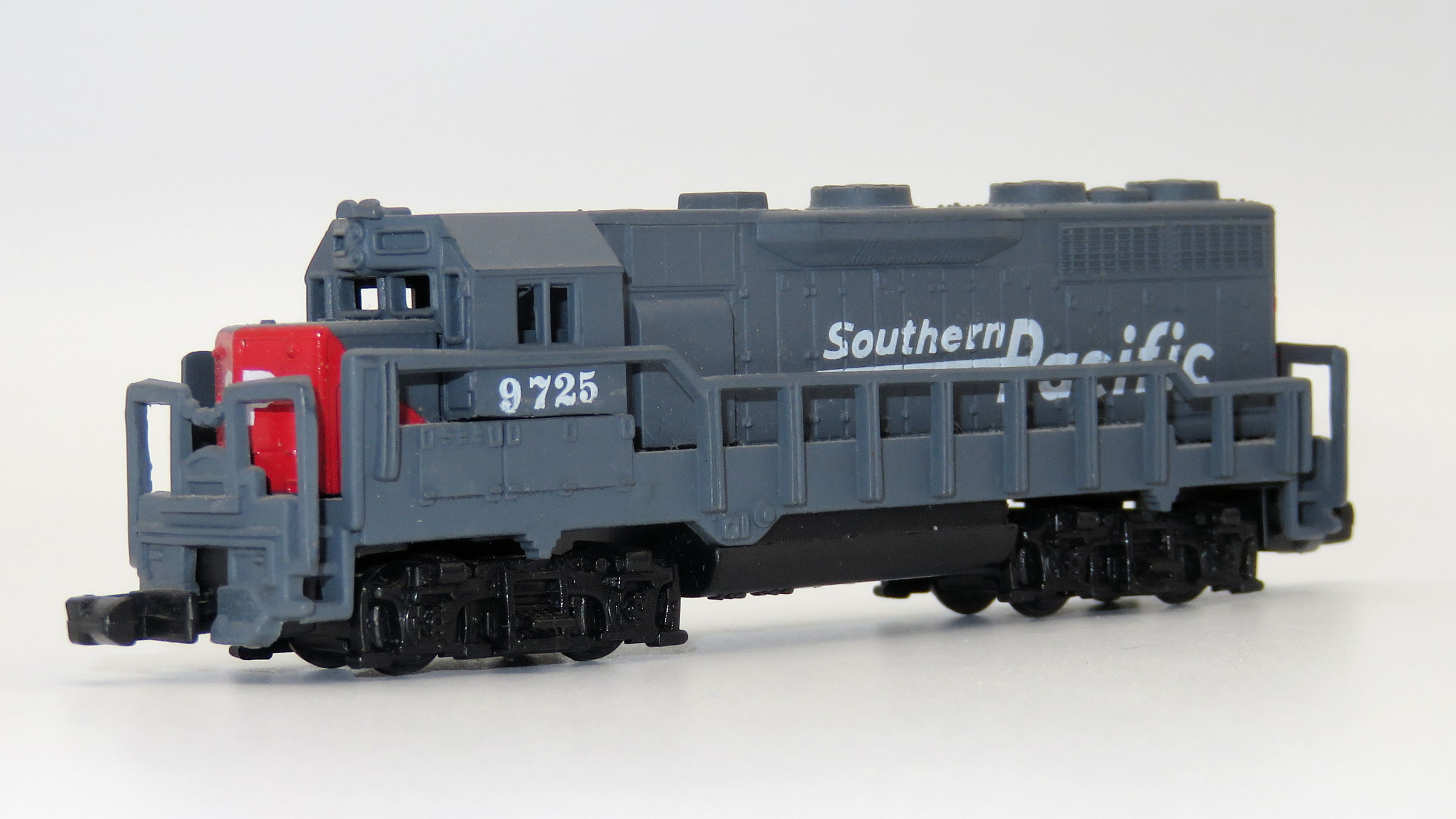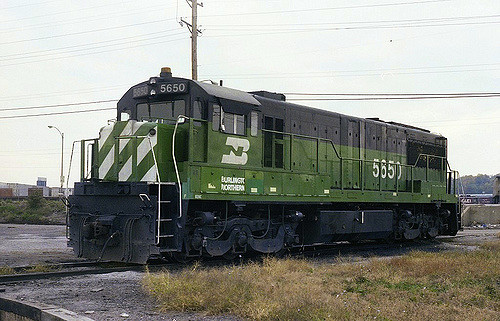Minitrix - 2008 - Locomotive, Diesel, GE U28C - Louisville & Nashville - 576
Click to see the details
history
| Stock Number | 2008 |
| Original Retail Price | $20.00 |
| Brand | Minitrix |
| Manufacturer | Minitrix |
| Body Style | Minitrix Diesel Engine U28C |
| Prototype Vehicle | Locomotive, Diesel, GE U28C (Details) |
| Road or Company Name | Louisville & Nashville (Details) |
| Reporting Marks | L&N |
| Road or Reporting Number | 576 |
| Paint Color(s) | Light Gray |
| Print Color(s) | Red & Yellow |
| DCC Readiness | No |
| Release Date | 1971-01-01 |
| Item Category | Locomotives |
| Model Type | Diesel |
| Model Subtype | GE Transportation |
| Model Variety | U28C |
| Prototype Region | North America |
| Prototype Era | NA Era IV: 2nd Gen Diesel (1958 - 1978) |
| Scale | 1/160 |
Specific Item Information:
Made in Western Germany and first sold in the US under the Postage Stamp Trains brand, the Minitrix EMD F9A/B, FM H12-44, GE U28C, and GE U30CG, diesels and the 0-6-0, 4-6-2, and 2-10-0 steam locomotives were initially imported by the Aurora Plastics Corp. in the late 1960s. Following Aurora's demise, American Tortoise, Con-Cor, and finally the now defunct Model Power resumed the importation and sales of these models. Sold by Model Power, the engine depicted here is now discontinued.
Prototype History:
The U28C was developed by General Electric from the U25C, with a slight increase in power of 300 hp (224 kW).[2] A passenger-hauling variant, the U28CG, was also produced for the Atchison, Topeka and Santa Fe Railway.
General Electric built ten uprated U25Cs in 1965. Facing the competitive pressure of the second generation horsepower race, GE built these units with increased horsepower. The competitive 2750 horsepower Alco C628 had more horsepower and the 3000 horsepower Alco C630 was announced in July 1965. General Motors had the 3000 horsepower EMD SD40 demonstrators testing on several railroads. The increase in unit horsepower was happening that year. The uprated units were built for three railroads that were already operating the U25C. The first uprated units were built for the Northern Pacific between May and July 1965. These were NP #2518-2520 and were rated at 2750 horsepower. Three more uprated U25Cs were built as Atlantic Coast Line #3011-3013 in December 1965. The ACL units were rated at 2800 horsepower. The last four uprated U25Cs were rated at 2800 horsepower and were built for the Pennsylvania Railroad in December 1965. These were PRR #6516-6519. Six additional PRR U25Cs were uprated to 2800 horsepower: 6500-6503, 6510-6511. In early 1966 General Electric began offering the 2800 horsepower U28C. A total of 28 look-a-like U28Cs were built between February 1966 and July 1966 as Chicago Burlington and Quincy #562-577 and Northern Pacific #2800-2811. These early Phase I U28Cs shared the 64 foot 4 inch frame that was standard with the predecessor U25C.
A drawing of the proposed longer frame U28C is in the November 1965 issue of Trains Magazine. Starting in May 1966 GE began producing the U28C on a longer frame. The new length for these U28Cs was 67 feet 3 inches. These are the 43 Phase II units built for Louisville and Nashville, Pennsylvania, Southern Pacific and Union Pacific. The Phase II units used either the General Electric GT 598 Generator or the GTA 9 Alternator. The 10 Santa Fe U28CGs were also built on this longer frame. Starting in November 1966 and through mid 1967 GE built 24 look a like Phase I U30Cs that used the same carbody as the Phase II U28Cs.
General Electric built ten uprated U25Cs in 1965. Facing the competitive pressure of the second generation horsepower race, GE built these units with increased horsepower. The competitive 2750 horsepower Alco C628 had more horsepower and the 3000 horsepower Alco C630 was announced in July 1965. General Motors had the 3000 horsepower EMD SD40 demonstrators testing on several railroads. The increase in unit horsepower was happening that year. The uprated units were built for three railroads that were already operating the U25C. The first uprated units were built for the Northern Pacific between May and July 1965. These were NP #2518-2520 and were rated at 2750 horsepower. Three more uprated U25Cs were built as Atlantic Coast Line #3011-3013 in December 1965. The ACL units were rated at 2800 horsepower. The last four uprated U25Cs were rated at 2800 horsepower and were built for the Pennsylvania Railroad in December 1965. These were PRR #6516-6519. Six additional PRR U25Cs were uprated to 2800 horsepower: 6500-6503, 6510-6511. In early 1966 General Electric began offering the 2800 horsepower U28C. A total of 28 look-a-like U28Cs were built between February 1966 and July 1966 as Chicago Burlington and Quincy #562-577 and Northern Pacific #2800-2811. These early Phase I U28Cs shared the 64 foot 4 inch frame that was standard with the predecessor U25C.
A drawing of the proposed longer frame U28C is in the November 1965 issue of Trains Magazine. Starting in May 1966 GE began producing the U28C on a longer frame. The new length for these U28Cs was 67 feet 3 inches. These are the 43 Phase II units built for Louisville and Nashville, Pennsylvania, Southern Pacific and Union Pacific. The Phase II units used either the General Electric GT 598 Generator or the GTA 9 Alternator. The 10 Santa Fe U28CGs were also built on this longer frame. Starting in November 1966 and through mid 1967 GE built 24 look a like Phase I U30Cs that used the same carbody as the Phase II U28Cs.
Road Name History:
The Louisville and Nashville Railroad (reporting mark LN), commonly called the L&N, was a Class I railroad that operated freight and passenger services in the southeast United States.
Chartered by the Commonwealth of Kentucky in 1850, the road grew into one of the great success stories of American business. Operating under one name continuously for 132 years, it survived civil war and economic depression and several waves of social and technological change. Under Milton H. Smith, president of the company for thirty years, the L&N grew from a road with less than three hundred miles (480 km) of track to a 6,000-mile (9,700 km) system serving thirteen states. As one of the premier Southern railroads, the L&N extended its reach far beyond its namesake cities, stretching to St. Louis, Memphis, Atlanta, and New Orleans. The railroad was economically strong throughout its lifetime, operating both freight and passenger trains in a manner that earned it the nickname, "The Old Reliable."
Growth of the railroad continued until its purchase and the tumultuous rail consolidations of the 1980s which led to continual successors. By the end of 1970, L&N operated 6,063 miles (9,757 km) of road on 10,051 miles (16,176 km) of track, not including the Carrollton Railroad.
In 1971 the Seaboard Coast Line Railroad, successor to the Atlantic Coast Line Railroad, purchased the remainder of the L&N shares it did not already own, and the company became a subsidiary. By 1982 the railroad industry was consolidating quickly, and the Seaboard Coast Line absorbed the Louisville & Nashville Railroad entirely. Then in 1986, the Seaboard System merged with the C&O and B&O and the new combined system was known as the Chessie System. Soon after the combined company became CSX Transportation (CSX), which now owns and operates all of the former Louisville and Nashville lines.
Read more on Wikipedia.
Chartered by the Commonwealth of Kentucky in 1850, the road grew into one of the great success stories of American business. Operating under one name continuously for 132 years, it survived civil war and economic depression and several waves of social and technological change. Under Milton H. Smith, president of the company for thirty years, the L&N grew from a road with less than three hundred miles (480 km) of track to a 6,000-mile (9,700 km) system serving thirteen states. As one of the premier Southern railroads, the L&N extended its reach far beyond its namesake cities, stretching to St. Louis, Memphis, Atlanta, and New Orleans. The railroad was economically strong throughout its lifetime, operating both freight and passenger trains in a manner that earned it the nickname, "The Old Reliable."
Growth of the railroad continued until its purchase and the tumultuous rail consolidations of the 1980s which led to continual successors. By the end of 1970, L&N operated 6,063 miles (9,757 km) of road on 10,051 miles (16,176 km) of track, not including the Carrollton Railroad.
In 1971 the Seaboard Coast Line Railroad, successor to the Atlantic Coast Line Railroad, purchased the remainder of the L&N shares it did not already own, and the company became a subsidiary. By 1982 the railroad industry was consolidating quickly, and the Seaboard Coast Line absorbed the Louisville & Nashville Railroad entirely. Then in 1986, the Seaboard System merged with the C&O and B&O and the new combined system was known as the Chessie System. Soon after the combined company became CSX Transportation (CSX), which now owns and operates all of the former Louisville and Nashville lines.
Read more on Wikipedia.
Brand/Importer Information:
Trix is a German company that originally made Trix metal construction sets. one of its co-founders was Stephan Bing, the son of the pioneer toy-maker industrialist Ignaz Bing. In 1935 the company began producing the electrically powered model trains that it became famous for, under the Trix Express label. Prior to the outbreak of World War II the Trix company produced a small range of fairly unrealistic AC powered three rail models running at 14 volts.
N gauge models under the Minitrix brand were made from the late 1960s mostly of European prototypes (German and British primarily). North American prototypes were also manufactured and marketed under the Aurora "Postage Stamp" brand; later these items were sold under the American Tortoise, Model Power and Con-Cor brands. Trix sometimes utilized North American consultants to aid in the design of this portion of the product line. The "Hornby Minitrix' brand was used in the 1980s for a short lived range of British outline models using the earlier product tooling.
Trix's owner in the 1980s and 1990s was Mangold, which went bankrupt in the late 1990s and Märklin purchased the assets in January 1997. In part, this purchase was a reflection of Märklin's need for added production capacity; Trix had been manufacturing certain items for Märklin in previous years. The purchase was also in response to the earlier purchase of the Karl Arnold company by the Italian company Rivarossi; Märklin were very keen to take over Trix market share in 2-rail H0 and especially Minitrix, until then Märklin had not marketed N gauge models. In 2003, Märklin introduced its first N gauge models under the well established Minitrix brand. A number Märklin H0 scale three-rail AC locomotives have also been introduced in two-rail DC versions under the Trix logo and many models are shared between the two brands.
From Wikipedia
N gauge models under the Minitrix brand were made from the late 1960s mostly of European prototypes (German and British primarily). North American prototypes were also manufactured and marketed under the Aurora "Postage Stamp" brand; later these items were sold under the American Tortoise, Model Power and Con-Cor brands. Trix sometimes utilized North American consultants to aid in the design of this portion of the product line. The "Hornby Minitrix' brand was used in the 1980s for a short lived range of British outline models using the earlier product tooling.
Trix's owner in the 1980s and 1990s was Mangold, which went bankrupt in the late 1990s and Märklin purchased the assets in January 1997. In part, this purchase was a reflection of Märklin's need for added production capacity; Trix had been manufacturing certain items for Märklin in previous years. The purchase was also in response to the earlier purchase of the Karl Arnold company by the Italian company Rivarossi; Märklin were very keen to take over Trix market share in 2-rail H0 and especially Minitrix, until then Märklin had not marketed N gauge models. In 2003, Märklin introduced its first N gauge models under the well established Minitrix brand. A number Märklin H0 scale three-rail AC locomotives have also been introduced in two-rail DC versions under the Trix logo and many models are shared between the two brands.
From Wikipedia
Item created by: nscalemodeler160
on 2016-04-08 10:40:07
Last edited by: CNW400 on 2020-08-20 11:21:29
If you see errors or missing data in this entry, please feel free to log in and edit it. Anyone with a Gmail account can log in instantly.
Last edited by: CNW400 on 2020-08-20 11:21:29
If you see errors or missing data in this entry, please feel free to log in and edit it. Anyone with a Gmail account can log in instantly.


